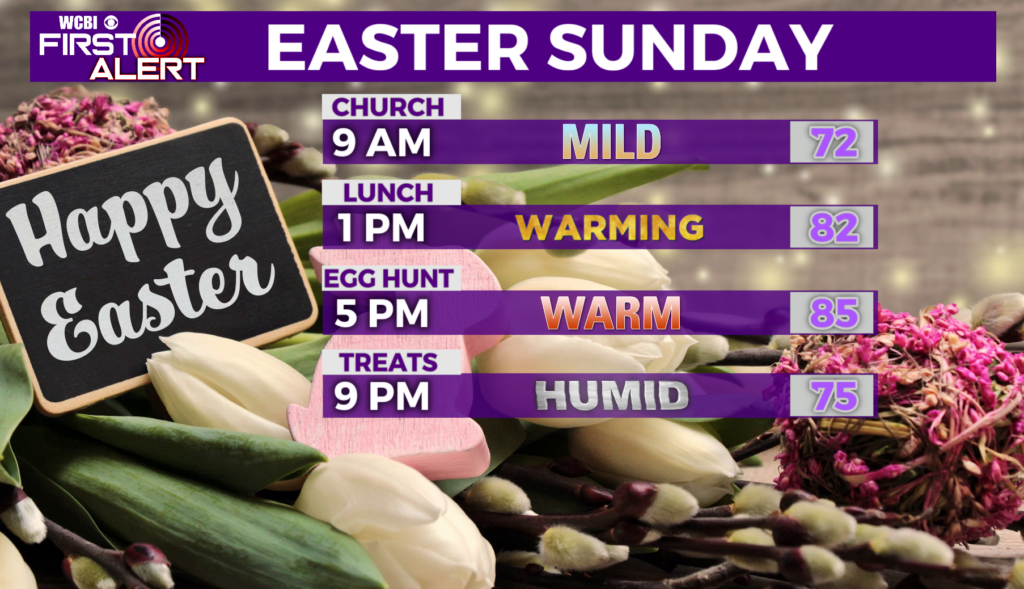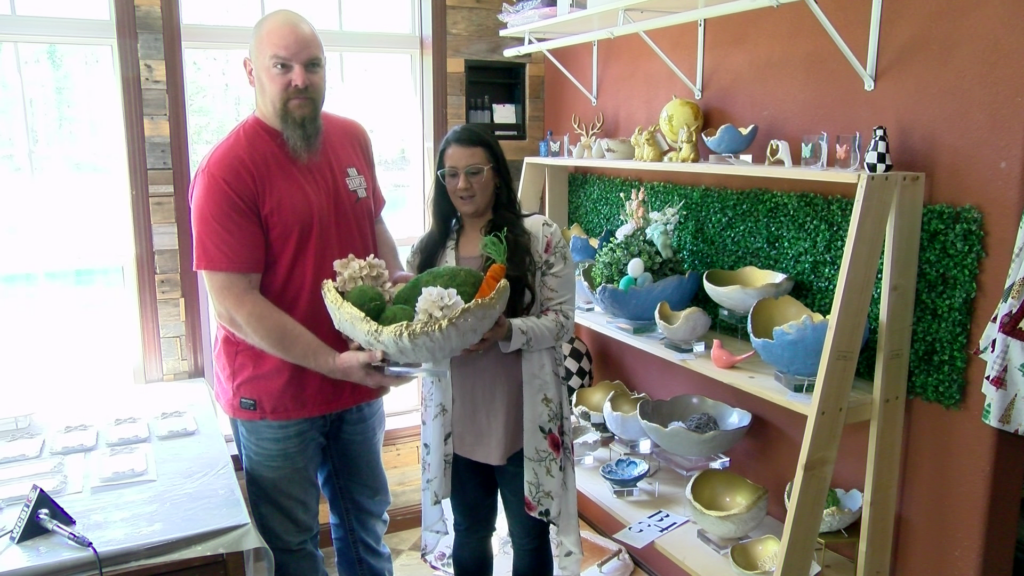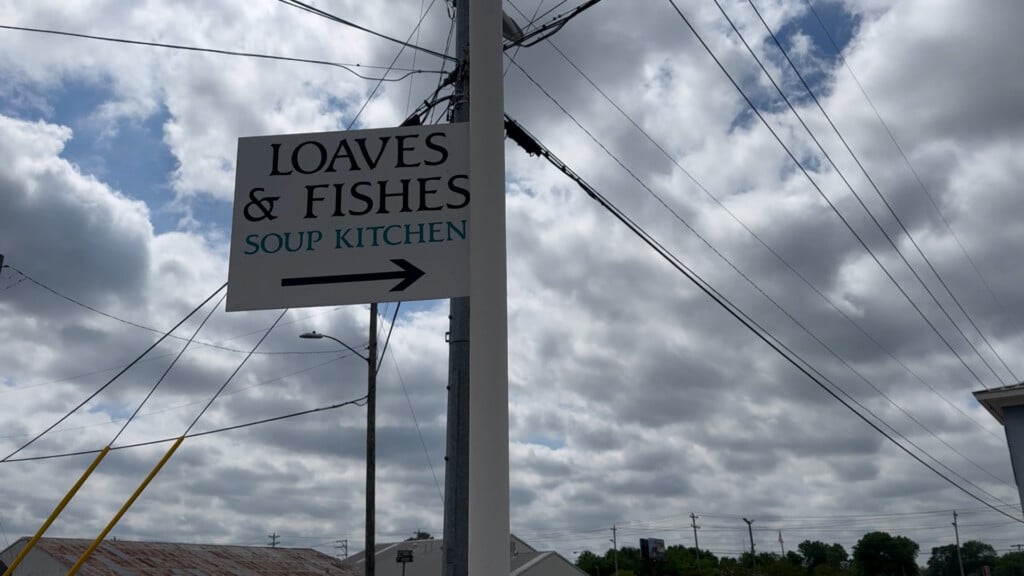Tips for Starting Spring Garden

Dallas O’Bryant of West Point, a senior at Mississippi State University, waters seedlings in the greenhouses behind Dorman Hall on March 8, 2013. An agribusiness major and owner of Double D Farms, O’Bryant plans to pursue a career growing produce. (Photo by MSU Ag Communications/Kat Lawrence)
By Bonnie Coblentz/MSU Ag Communications
MISSISSIPPI STATE – Warm weather in early spring practically dares gardeners to plant something, but starting too early can lead to failure.
Mississippi State University Extension Service horticulturists Gary Bachman and Rick Snyder offered some tips on how to get a head start on summer vegetables without the risk of losing them to a late frost.
“Don’t start your seedlings too early,” said Snyder, who is also a Mississippi Agricultural and Forestry Experiment Station researcher at the Truck Crops Branch Experiment Station in Crystal Springs. “Warm season plants started indoors and transplanted into cool soil too early will not do very well in most cases.”
Those planted a little later, after soil and air temperatures are higher, easily catch up with the early-planted seedlings that struggle to survive.
For those who just have to plant something and start gardening, sprouting seeds and growing seedlings may be the best way to go.
Bachman, who is also the Southern Gardening host and columnist, said he looks at the last frost date for the area and counts backwards to know when to start seeds. Warm-season crops, such as tomatoes, peppers and eggplants, need five to seven weeks to germinate and grow transplant-ready seedlings. Vine crops, such as watermelon, squash and cucumbers, need three to four weeks.
“To start seeds indoors, the biggest problem is light,” Bachman said. “A bright window doesn’t provide enough light. A better solution is to set a shop light from the home improvement store about 4 inches above the seedlings as they grow.
“Seeds also germinate better with bottom heat. Germination pads are fairly inexpensive, but placing a couple of trays on top of the refrigerator works pretty well, too,” he said.
When setting out transplants, whether sprouted from seed or bought, make sure the soil is prepared by amending with organic matter compost. A soil test done ahead of time can provide information on what nutrients should be added as fertilizer.
“Nearly all plants should be set into holes so that the depth of planting into the soil is the same as the depth in the seedling tray,” Snyder said. “Tomatoes are the big exception to this rule. Tomatoes will do better and fruit earlier if they are set deeper than they are growing in the seedling tray.
“If they are tall and leggy, remove the lower leaves and sink that long stem into the ground, either by digging a deeper hole or by making a trench and laying the stem into it,” he said. “Curve the long stem upwards so that the upper 6 to 8 inches are above the soil.”
Decide how water will be applied, and install any needed irrigation at planting.
“Applying the irrigation directly to the soil through drip irrigation is a very efficient method,” Bachman said. “I like using pressure-compensated emitters, as these are very consistent in the volume of water applied regardless of the water pressure in the line or hose.”
While some gardeners think the only way to grow summer vegetables is with a traditional plot tilled into the ground, others find success with raised beds or container gardening. These options provide well-drained soil, prevent compaction and make weed control easier. If growing in containers, make sure the soil is a peat-based mix.
“Try to get your weeds out while they are small. They are easier at this stage, and if you let them go too long, the task can be overwhelming,” Snyder said.
Insects can be a problem in any gardening scenario, so keep a careful watch to know if it’s time to treat for pests.





Leave a Reply